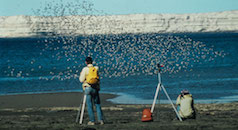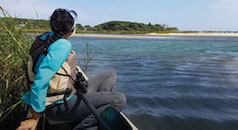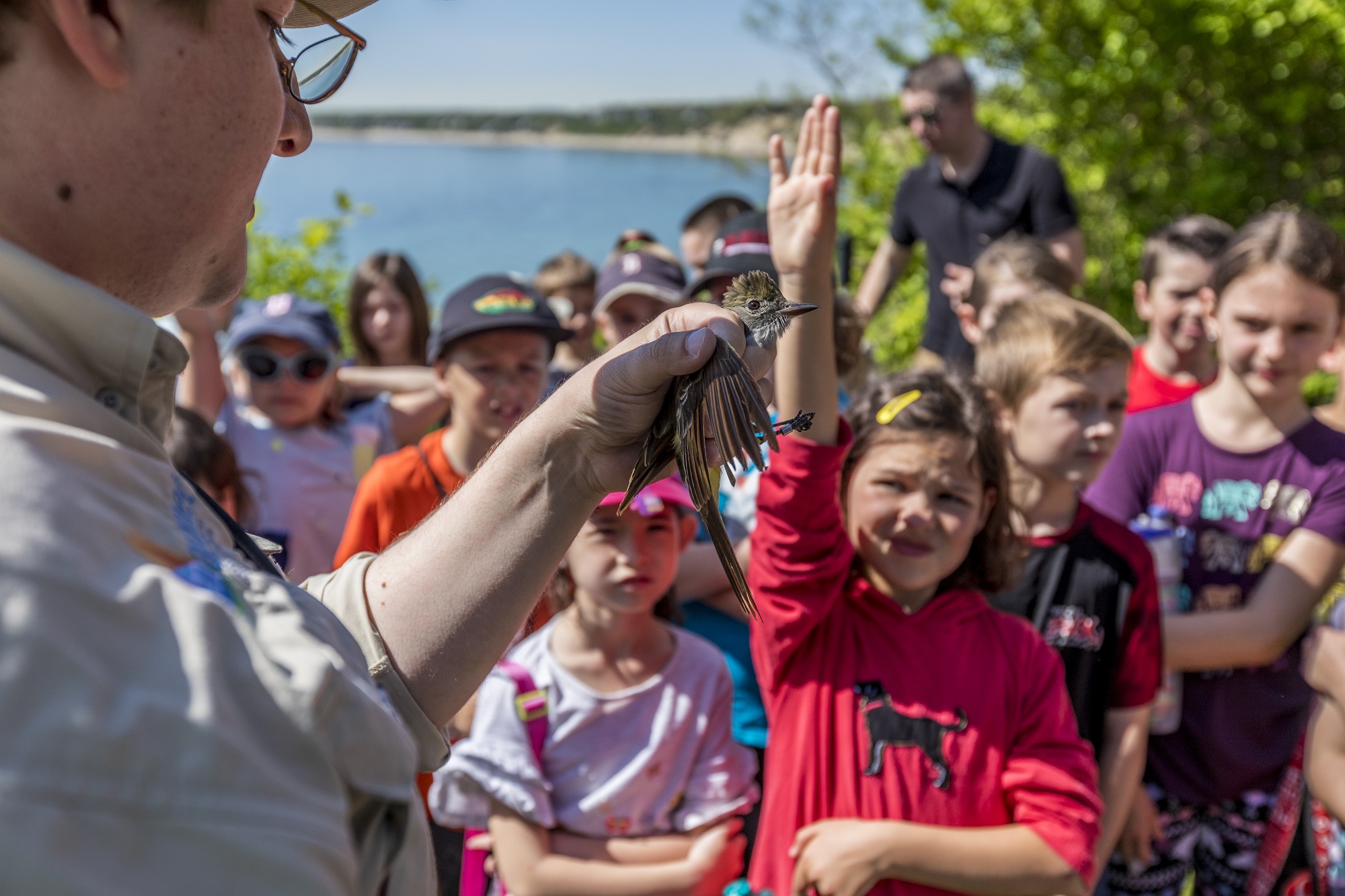Decisions about drilling for oil in the Arctic should consider a variety of factors, including climate change, the demand for fossil fuels, wildlife conservation and alternative sources of energy, according to two speakers this month at Manomet’s lecture series.
The lecture, held on April 12 in downtown Boston, was on energy development and wildlife conservation in the Arctic.
Stephen Brown, director of Manomet’s Shorebird Science Division, said that his research suggested the impact of responsible land-based drilling on the north slope of Alaska might be smaller than expected. He also cautioned, however, that offshore drilling was more complicated because of the difficulties in responding to an oil spill in icy waters.
Brown leads an annual expedition to the north slope of Alaska to study shorebird breeding. He said that the largest threat to Arctic ecosystems is not from oil drilling, but is instead from climate change caused by fossil fuel emissions.
Andrew Holland, senior fellow for energy and climate change at the American Security Project, told the lecture that Arctic holds 22 percent of the world’s undiscovered fossil fuel resources. He said that due to sparse infrastructure, extreme weather and expanding production in the rest of the country, Arctic energy resources would probably not be developed beyond the capacity of the Trans Alaska Pipeline System.
He reiterated Brown’s point, however, that the largest threat to the Arctic coming from climate change instead of energy development.





 Back to all
Back to all